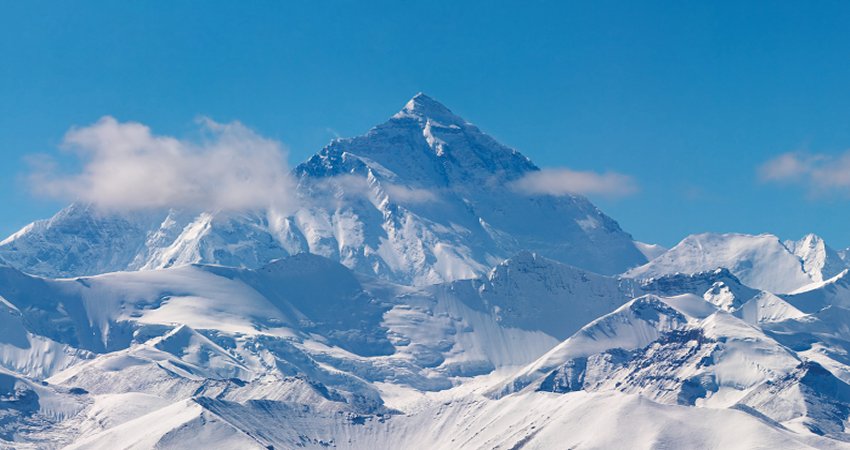Eddie Gonzales Jr. – MessageToEagle.com – The uplift of the Tibetan plateau affects global climate by influencing atmospheric circulation and the development of seasonal monsoons.
Yet despite its importance, scientists still don’t fully understand the geological processes contributing to the region’s formation.
“The physical and political inaccessibility of Tibet has limited scientific study, so most field experiments have either been too localized to understand the big picture or they’ve lacked sufficient resolution at depths to properly understand the processes,” Simon Klemperer, a geophysics professor at Stanford’s School of Earth, Energy & Environmental Sciences (Stanford Earth) said in a press release.
Now, new seismic data gathered by Klemperer and his colleagues provide the first west-to-east view of the subsurface where India and Asia collide.
The structure of the Himalaya collision zone is the only place on Earth where continental plates continue crashing today – and the source of catastrophes like the 2015 Gorkha earthquake that killed about 9,000 people and injured thousands more.
The new data also suggest that two competing processes are simultaneously operating beneath the collision zone:
- movement of one tectonic plate under another, as well as
- thinning and collapse of the crust.
The research, conducted by scientists at Stanford University and the Chinese Academy of Geological Sciences, was published in Proceedings of the National Academy of Sciences.
“The study marks the first time that scientists have collected truly credible images of what’s called an along-strike, or longitudinal, variation in the Himalaya collision zone,” co-author Klemperer said.
As the Indian plate collides with Asia it forms Tibet, the highest and largest mountain plateau on the planet. This process started very recently in geological history, about 57 million years ago, and many explanations for its formation, have been proposed by researchers.
Now, researchers began installing new seismic recorders in 2011 in order to resolve details that might have been previously overlooked. The new recorders were installed from east to west across Tibet, and the final images, pieced together from recordings by 159 new seismometers show where the Indian crust has deep tears associated with the curvature of the Himalayan arc.
“We’re seeing at a much finer scale what we never saw before,” Klemperer said.
“It took a heroic effort to install closely spaced seismometers across the mountains, instead of along the valleys, to collect data in the west-east direction and make this research possible.”
Written by Eddie Gonzales Jr. – MessageToEagle.com Staff








